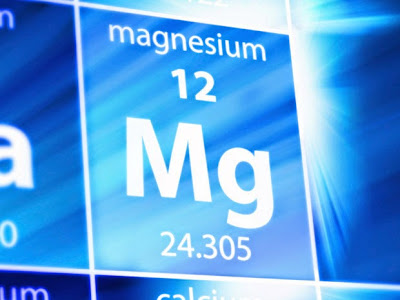Researchers at the University of Illinois at Chicago have taken a significant step toward the development of a battery that could outperform the lithium-ion technology used in electric cars.
They have shown they can replace the lithium ions, each of which carries a single positive charge, with magnesium ions, which have a plus-two charge, in battery-like chemical reactions, using an electrode with a structure like those in many of today's devices.
"Because magnesium is an ion that carries two positive charges, every time we introduce a magnesium ion in the structure of the battery material we can move twice as many electrons," says Jordi Cabana, UIC assistant professor of chemistry and principal investigator on the study.
"We hope that this work will open a credible design path for a new class of high-voltage, high-energy batteries," Cabana said.
The research is part of the Joint Center for Energy Storage Research, a Department of Energy Innovation Hub led by Argonne National Laboratory, that aims to achieve revolutionary advances in battery performance. The study is online in advance of print in the journal Advanced Materials.
Every battery consists of a positive and negative electrode and an electrolyte. The electrodes exchange electrons and ions, which are usually of positive charge. Only the ions flow through the electrolyte, which is an electric insulator so as to force the electrons to flow through the external circuit to power the vehicle or device.
To recharge the battery, the exchange is reversed. But the chemical reaction is not perfectly efficient, which limits how many times the battery can be recharged.
"The more times you can do this back and forth, the more times you will be able to recharge your battery and still get the use of it between charges," Cabana said.
"In our case, we want to maximize the number of electrons moved per ion, because ions distort the structure of the electrode material when they go in or leave. The more the structure is distorted, the greater the energy cost of moving the ions back, the harder it becomes to recharge the battery."
"Like a parking garage, there are only so many spaces for the cars," Cabana said. "But you can put a car in each space with more people inside without distorting the structure."
Having established that magnesium can be reversibly inserted into electrode material's structure brings us one step closer to a prototype, said Cabana.
"It's not a battery yet, it's piece of a battery, but with the same reaction you would find in the final device," said Cabana.









